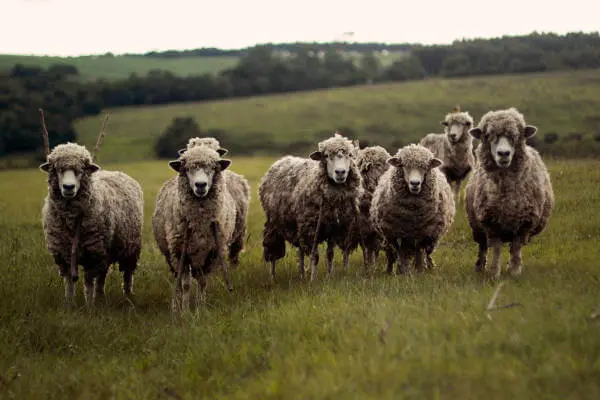Geckos
Reptile
Small, semi-intelligent desert lizards that thrive in cool areas and waterholes
Long, thin, and narrow, the gecko slithers into small gaps with ease.
Smooth scales and agile limbs
Geckos usually have spotted tails and backs to help them camouflage themselves into the desert.
Around the size of a hand from tip to tail, the geckos look you over with what feels like oddly intelligent appraisal.
These geckos change color, appearing mostly in the shades of their environment, with occasional colorful bursts as mating displays.
Mostly silent, geckos usually make small, airy coughing noises. In evenings, areas with high concentrations of geckos report a quiet "trilling" sound.
Geckos are not aggressive, but as omnivores, they will steal your lunch if they think you aren't looking.
Geckos are known to flare out their neck frills in efforts to appear bigger. When posturing amongst themselves, the gecko with the largest frill is generally considered to the be winner.
Geckos tend to sneak, creeping up slowly on unsuspecting sandwiches.
They use their camouflage skills to conceal themselves, and then tend to rush their prey.
Camouflage is common strategy. In smarter geckos, it's paired with running for cover.
They also happen to be surprisingly adorable, especially to Walking and Fox Folk, who are known to adopt them as pets.
Geckos are fairly swift for their size, and can cover distances quickly.
With their lacy neck frills and large eyes, they are surprisingly adorable for their size.
Unfortunately, the Birdfolk also find them to be surprisingly delicious.
Birdfolk consider gecko meat a delicious treat, and eat them whole, fresh, and raw as well as steamed/fried. The softer bones of the geckos are easy to chew or swallow without consequence. Gecko tails are often pickled.
Geckos are widely found through The Hotlands, though they are also found in groups within the cooler areas of the Kkaxe River Canyon, and at any desert watering hole. They are less common along the Southern coast (due to the higher numbers of predatory fauna seabirds), and are most likely the result of released pets going wild (or, at least as wild as geckos seem to go).
For those who reside at watering holes and folk habitats, they are very used to folk presence. Though they are a bit more wary around Birdfolk and Fox folk (who are known to catch and eat them), they are less cautious around Walking folk, who do not have a demonstrated tendency to eat them on the spot.
They are generally not found in colder Northern regions, unless kept as indoor pets.
Geckos tend to gather in groups around water. Though they do not have pack mentalities, geckos manage to cohabitate with each other decently well, competing lightly over ideal sleeping spots and the occasional sandwich.
No. Extreme homebodies, Geckos might live their entire lives at one watering hole. As a result, they do make excellent pets or farmed livestock, as they do not require large amounts of land, so long as their needs are met.
Geckoes are omnivorous, but tend to prefer:
Crunchable Insects
Seeds and nuts
Tender greens
Meats
Starches, usually in the form of shoots
The ideal gecko treat is a stolen sandwich. Don't leave yours unattended.
This creature was created by M'na Kkaxe on Notebook.ai.
See more from M'na KkaxeCreate your own universe
